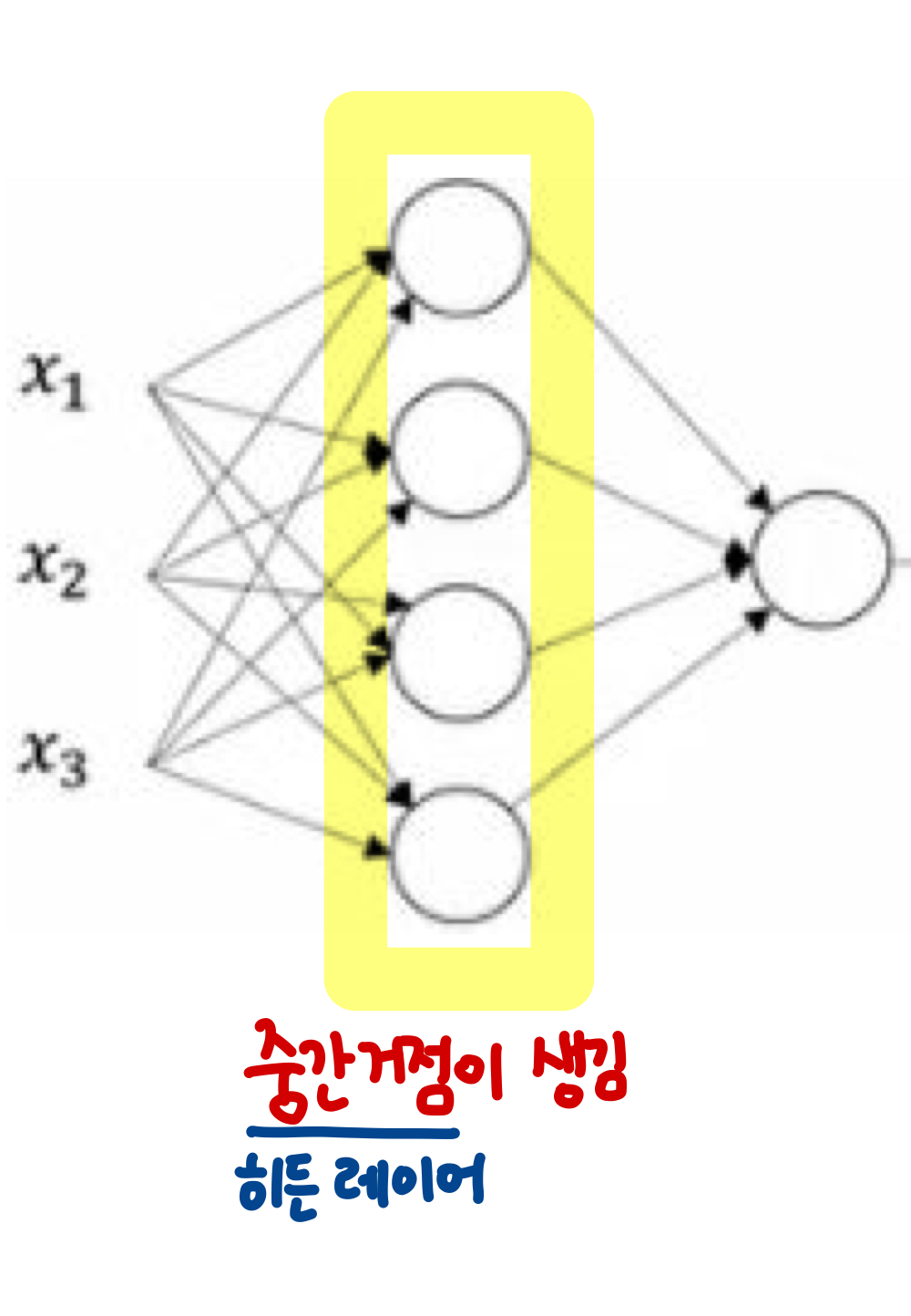미래연구소
http://futurelab.creatorlink.net/
1.Numpy함수
1)numpy.zeros: 원하는 shape에 맞는 영행렬 생성
2)numpy.exp: x라는 nd array의 원소들을 e^x로 바꿈
3)numpy.ndarray.shape: X.shape X라는 array의 shape 리턴
4)numpy.arrange(stop): 0 ~ stop직전의 수까지 /(start,stop): start ~ stop까지의 수/(start,stop,step): start ~ stop까지 step씩 증가하는 수
5)numpy.ndarray.reshape: nd array를 원하는 shape에 맞게 재배열
6)numpy.sum: nd array의 원소의 합을 구함
7)numpy.ndarray.T: nd array의 transpose를 구함
8)numpy.multiply: x1, x2끼리 element-wise product(위치가 같은 원소끼리 곱셈을 함)
2.Broadcasting
행렬 연산 시 shape이 맞지 않아도 shape이 작은 array가 큰 array의 shape에 맞게 확장되는 것
-> shape이 맞지 않는데 연산이되었을때 broadcasting인지 알면 됨.
3.Hidden Layer

hidden layer는 input과 output 사이에 중간거점 역할
- Data
train set: 실제 딥러닝 모델이 학습 하는데 사용되는 data set
test set: 학습한 data의 성능을 test하는데 사용되는 data set
Data preprocess
1)flatten
2)normalize